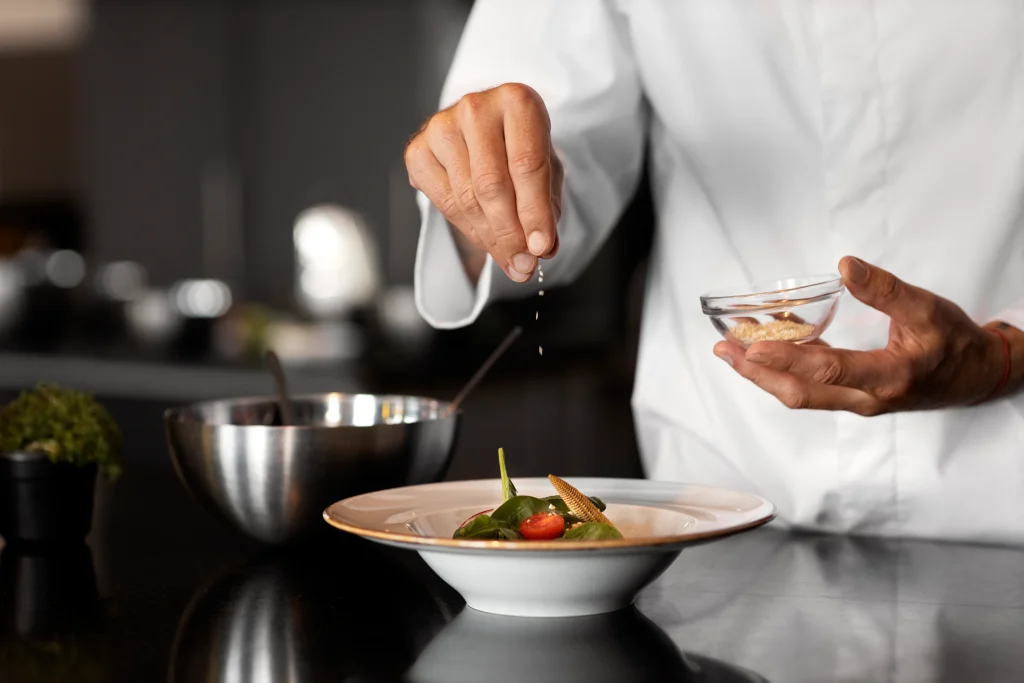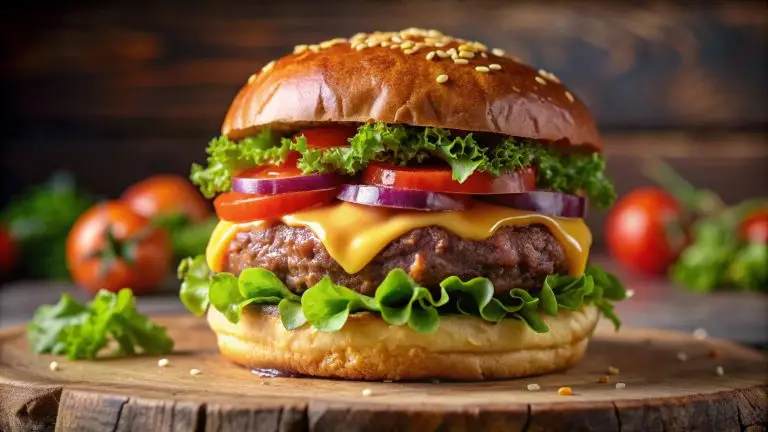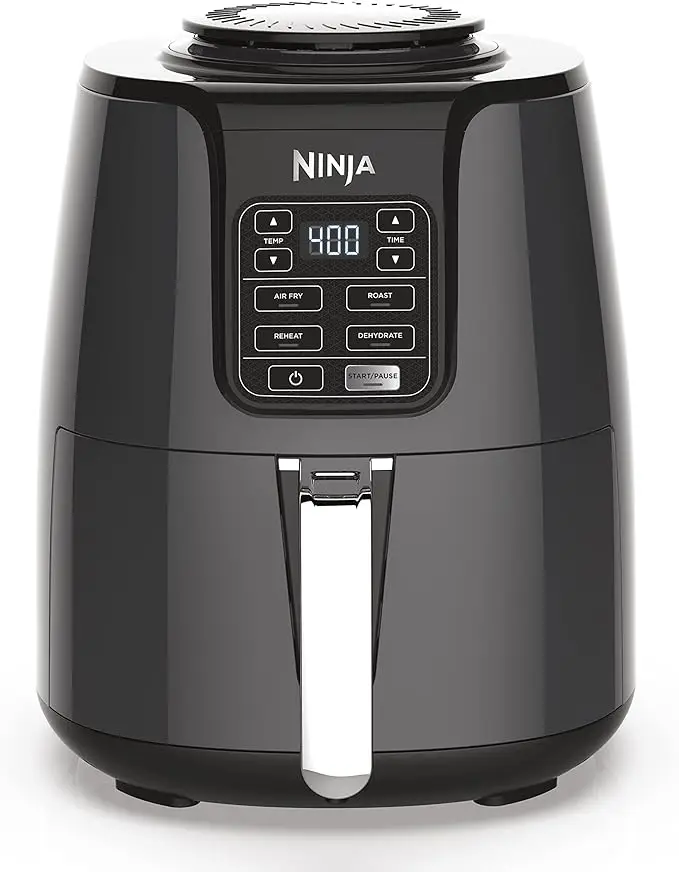Subscribe For Some Easy to Make Weekly New Recipes!
5 Restaurant Tricks to Lower Your Food Cost While Cooking at Home

Photo: Freepik.com
We all love cooking a good homemade meal, but let’s be honest — groceries have gotten pricey lately. You plan a few dishes for the week, and suddenly your shopping cart is full, your wallet’s lighter, and half the food ends up going bad before you even use it.
Here’s a secret, though: restaurants face the exact same problem — just on a bigger scale. They need to make delicious food and stay profitable. To do that, they constantly analyze their food cost and use smart systems to cut waste and make every ingredient count.
The good news? You can borrow those same tricks for your own kitchen. Let’s talk about five restaurant-approved ways to lower your food cost while still eating like a chef at home.
1. Plan Your Menu Like a Pro
Before a restaurant ever fires up a stove, the chef plans the menu with precision. Every ingredient has a purpose — and often, multiple uses. A bag of spinach isn’t just for salads; it might also go into omelets, pasta, or sandwiches.
You can do the same thing at home. When planning your weekly meals, think about ingredient overlap. Maybe that roasted chicken on Sunday turns into tacos on Monday and a soup on Tuesday. Buying versatile ingredients saves money and keeps things interesting.
Pro tip: Write down your meal plan before grocery shopping. It helps you stick to what you need and reduces impulse buys (we all know how easy it is to “accidentally” grab a fancy cheese or snack).
2. Track What’s in Your Kitchen
Restaurants are organized. They know exactly how much pasta, chicken, and olive oil they have at any given moment. That’s how they keep costs predictable and waste low.
Now, you don’t need to go full spreadsheet mode, but keeping a simple inventory list — even in your phone’s notes app — can make a huge difference. Before heading to the store, check your fridge, pantry, and freezer. You might already have the base for dinner waiting for you.
Try to rotate older items to the front and use them first. Less food waste means more money for the fun stuff, like dessert.
3. Portion Like a Chef
One of the biggest money leaks in home kitchens is portion size. Restaurants are masters of portion control — it’s how they keep quality consistent and costs in check.
Start by using measuring cups, a kitchen scale, or even your hand as a guide. For example, one serving of pasta is about the size of your fist. A palm-sized portion of meat is plenty for one meal.
When you portion ingredients before cooking, you not only stretch your groceries further but also reduce overeating. It’s a win-win for your wallet and your waistline.
4. Buy Smart and in Bulk
Chefs know when to buy in bulk and when not to. Dry goods like rice, flour, and canned tomatoes? Go big — they last forever. Fresh herbs or delicate greens? Only buy what you’ll actually use in a few days.
Buying in bulk can save a ton of money, especially for staple items. Just make sure to portion and store them properly. For example:
- Divide large meat packs into meal-sized portions before freezing.
- Store bulk grains or beans in airtight containers to keep them fresh.
- Label everything with dates so you actually remember to use them.
If you have a local market or wholesale club nearby, it’s worth comparing prices — restaurant-level savings are often just a few smart purchases away.
5. Repurpose Leftovers Like a Chef
Here’s one of the most powerful restaurant tricks: nothing goes to waste. Vegetable scraps become stock. Day-old bread turns into croutons. Leftover roast beef? That’s tomorrow’s sandwich special.
Get creative with your leftovers. Roast chicken can easily become soup, enchiladas, or even salad protein. Leftover rice can turn into fried rice the next night.
When you start thinking like a chef, you’ll see ingredients not as leftovers but as building blocks for your next delicious meal.
Bonus Tip: Know Your True Food Cost
Even at home, it’s worth paying attention to how much your meals actually cost. Understanding your food cost — that’s the ratio between the cost of ingredients and the value of your dish — helps you make smarter choices.
You don’t have to run calculations for every dinner, but maybe once a week, estimate how much a meal costs per serving. You’ll quickly spot where your money goes and how small tweaks can save big.
If you’re curious how restaurants do it, this guide on how to calculate restaurant food cost breaks it down step-by-step — it’s surprisingly simple and kind of fun to apply at home.
Final Thoughts
Cooking like a chef doesn’t just mean mastering flavor — it’s also about mastering efficiency.
By planning smart, tracking your ingredients, portioning carefully, buying in bulk, and giving new life to leftovers, you’ll stretch your grocery budget further than ever before.
So next time you’re in the kitchen, channel your inner chef. Because the secret to a great meal isn’t just what’s on the plate — it’s how you make it happen without overspending.









